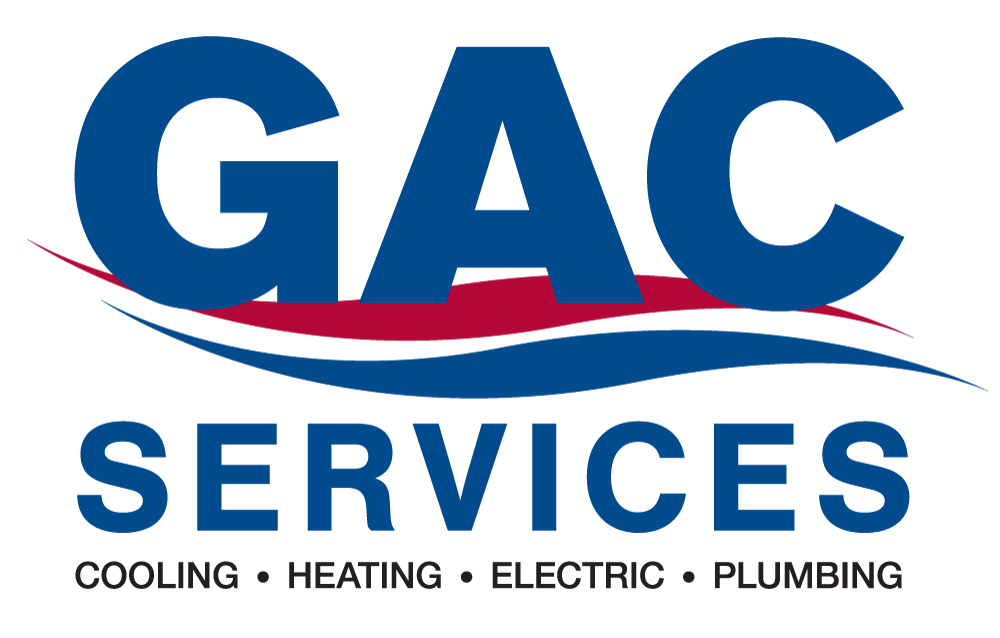How to Optimize Your Home’s Airflow for Comfort
Proper airflow is essential for maintaining consistent temperatures, energy efficiency, and healthy indoor air. Yet many homeowners experience hot and cold spots, weak airflow, or stuffy rooms, especially during seasonal changes. These symptoms often point to underlying circulation issues within the HVAC system or ductwork.
If you live in Lexington and your home feels unevenly heated or cooled, this guide will help you recognize airflow problems, understand their impact, and explore practical solutions to restore balanced comfort throughout your space.
Why Airflow Optimization Matters
Optimizing airflow is not just about comfort. It also plays a vital role in your HVAC system’s health and your home’s overall energy use. When airflow is obstructed or poorly balanced, multiple problems can develop.
- Comfort: Proper airflow eliminates hot and cold spots by delivering consistent temperatures across every room.
- Energy efficiency: Smooth airflow reduces strain on your HVAC system, helping it work more efficiently and use less energy.
- Air quality: Good airflow helps move filtered air evenly through your home, preventing stagnant areas and improving overall indoor air health.
- System longevity: Less resistance in your ductwork means reduced wear and tear on motors, blowers, and other HVAC components.
Signs of Poor Airflow in Your Home
Airflow issues can start small but quickly become noticeable in your daily routine. These warning signs often indicate your system is not circulating air the way it should.
- Uneven temperatures between rooms
- Weak airflow from vents
- Excessive dust buildup
- HVAC system running constantly
- Musty odors or persistent humidity
If you are noticing one or more of these issues, it is time to take a closer look at your airflow and ductwork.
How to Measure and Improve Airflow
Before making major changes, a few simple tests can help you confirm whether your home is experiencing airflow problems.
DIY airflow checks
- Hand test: Hold your hand near vents to feel whether airflow is weak, inconsistent, or unbalanced.
- Tissue test: Place a tissue in front of a vent. It should flutter slightly when the system is on.
- Thermometer check: Measure temperatures in multiple rooms and compare readings for uneven results.
Professional solutions
- Duct inspection: A technician checks for leaks, blockages, or damage in the ductwork that may restrict airflow.
- Static pressure test: Measures resistance in the duct system to determine how freely air can move through it.
- Blower door test: Evaluates how well your home is sealed and identifies hidden air leaks that may affect circulation.
7 Ways to Optimize Airflow in Your Home
Optimizing airflow starts with everyday habits and smart system upgrades. Here are proven methods to help you maintain a comfortable and balanced home environment.
- Change air filters regularly. Clogged filters restrict airflow. Replace them every one to three months.
- Keep vents and registers unblocked. Move furniture, curtains, and rugs away from supply and return vents.
- Balance your ductwork. Adjust manual dampers to redirect airflow where it is needed most.
- Upgrade to a high-efficiency air filter. Filters rated MERV 8 to 13 capture finer particles while still allowing proper airflow.
- Seal duct leaks. Use mastic sealant or metal-backed tape on leaky joints to prevent air loss.
- Install a zoning system. This allows for temperature control in different areas of your home and reduces overworking the system.
- Consider an air filtration system. These systems improve air movement and enhance indoor air quality, especially for allergy-sensitive households.
Should You Close Vents in Unused Rooms?
It may seem logical to close vents in unused rooms to conserve energy, but this can actually cause more harm than good. Shutting vents increases pressure in the ducts, which can lead to leaks, inefficient operation, and potential system damage.
Instead of closing vents, consider using a smart thermostat or installing a zoning system that adjusts airflow based on real-time usage. This keeps the system balanced while still targeting comfort where it is needed.
When to Call a Professional
Some airflow issues can be solved with routine maintenance, but others require a trained technician. If you notice any of the following, professional service may be the most effective solution.
- Persistent hot or cold spots that do not improve with filter changes or damper adjustments.
- Weak airflow from vents, which may indicate blower motor issues or duct obstructions.
- High energy bills due to the system working harder to maintain desired temperatures.
A certified technician can perform advanced diagnostics and recommend targeted solutions that restore efficiency and comfort.
Optimizing Airflow for a Healthier, More Comfortable Home
Improving your home’s airflow brings benefits beyond comfort. It increases your HVAC system’s efficiency, reduces energy costs, and helps maintain healthier indoor air. Small steps like filter changes and vent adjustments make a big difference, but for long-term results, professional air duct cleaning and inspections are often the best choice.
Contact Fayette Heating & Air | H2O Maestro Plumbing to schedule an airflow assessment and enjoy balanced comfort year-round.


